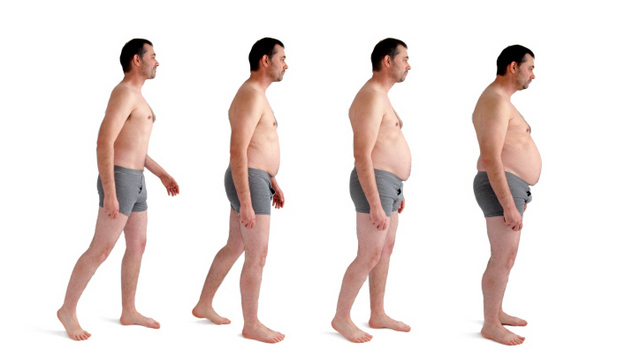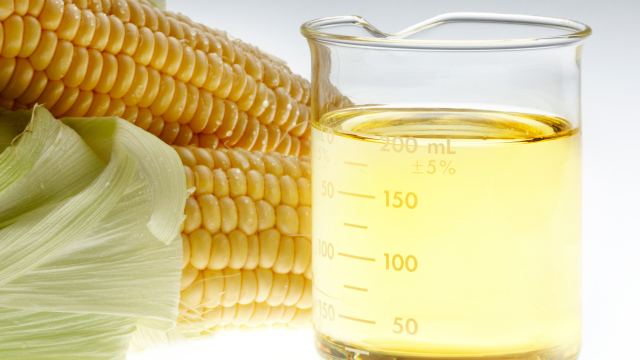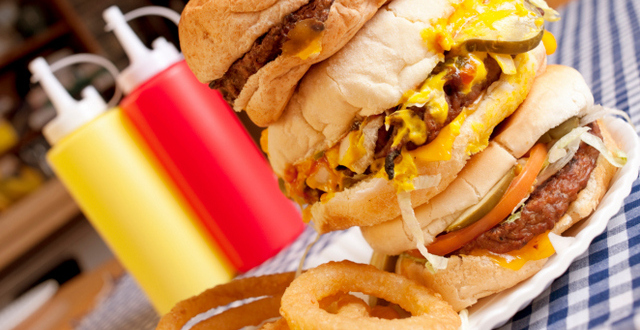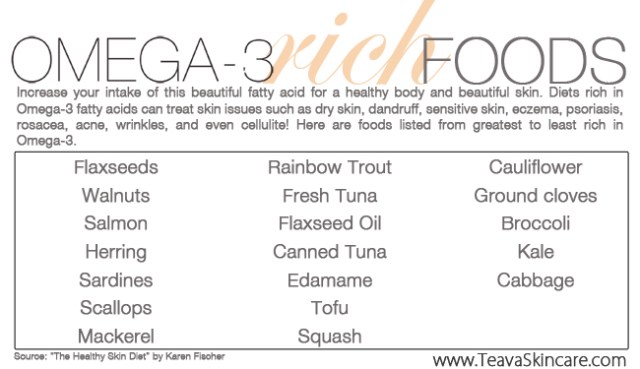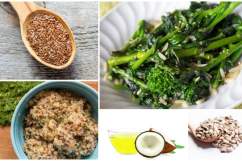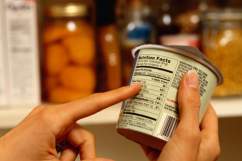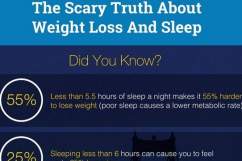Inflammation is a natural part of life and it helps our bodies to heal from injury or illness. But many experts believe that it can get out of control when its in response to toxic foods, and that chronic inflammation leads to weight gain, obesity, chronic disease, and cancer.
For help with the essentials of the anti-inflammatory diet, we turned to Dr. Barry Sears, who gave us the 10 most important facts about chronic inflammation. Dr. Sears has spent the last 30 years of his research career to studying the links between diet, hormones, and health.
In his research, he studies dietary control of hormonal response and develops innovative approaches to help treat and reverse silent inflammation. He is the creator of the Zone diet and the author of best selling books Enter the Zone, Anti-Inflammation Zone, and Toxic Fat.
1. The primary cause of inflammation is the diet.
In particular, it is the combination of excess insulin (induced by the high glycemic load diet) coupled with the over-consumption of omega-6 fatty acids to produce excess levels of pro-inflammatory hormones (i.e. eicosanoids).
2. Increased inflammation slows metabolism.
In the fat cells, liver, and muscles leads to insulin resistance that causes the increased storage of incoming calories as fat and the reduced ability to burn dietary calories for energy.
3.Pro-inflammatory foods make you eat more.
Increased inflammation in the brain leads to increased hunger.
4. Omega-6 fatty acids are important.
The best way to decrease inflammation is to reduce the levels of omega-6 fatty acids in the diet. Most Americans eat a diet heavily weighted with omega-6.
Foods High in Omega-6 Fatty Acids:
- Corn oil
- Soybean oil
- Safflower oil
You might not use these foods while cooking, but they are found in almost all processed foods.
5. Eat foods with a low glycemic load.
Reduction of the glycemic load by eating more non-starchy vegetables will also decrease insulin levels thus making it more difficult to make inflammatory eicosanoids. Watch this video for a good explanation of the glycemic index and glycemic load.
6. Look at the types of fat you are eating.
Decreasing the levels of saturated fats in the diet will also decrease inflammation.
7. Try to eat a full rainbow of food everyday.
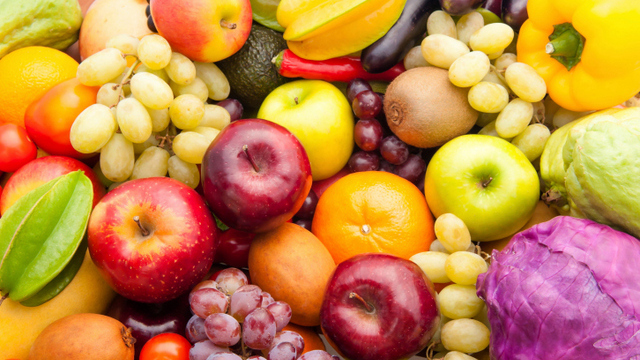
Consumption of more polyphenols (the chemicals that give fruits and vegetables their color) will decrease inflammation.
Foods rich in polyphenols:
- Blackberries, blueberries, raspberries, strawberries
- Black tea, green tea
- Dark chocolate
- Apples
- Spinach
- Honey
8. Try to eat omega-3 rich foods.
Consumption of more omega-3 fatty acids will decrease inflammation.
Omega-3 Rich Foods:
- Flaxseeds
- Rainbow Trout
- Cauliflower
- Walnuts
- Salmon
- Cloves
- Broccoli
- Canned Tuna
- Edadame
- Cabbage
9. Mix Up Your Workout.
Interval training (sprints or weight training) is the best exercise to reduce insulin resistance.
Try this Full-Body 15-Minute Interval Workout
or
This 4-Minute Fat-Burning Tabata Workout
10. There is a mind-body connection.
Meditation is a good way of reducing diet-induced inflammation by increasing your awareness that every dietary decision can either increase or decrease inflammation in the body. Try this guided meditation to help with stress and weight loss.


